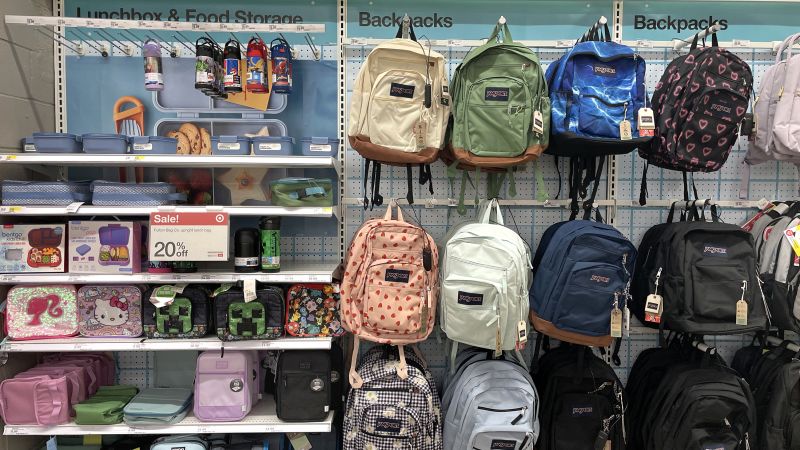Last year, consumers broke records with their back-to-school spending, shelling out $41.5 billion, or over $890 per household. These high numbers were driven by optimism in the strong labor market, slowing inflation, and a resilient economy. However, this year, consumers are showing more restraint due to the compounding effects of price hikes and an economic slowdown, leading to a projected decrease in 2024 back-to-school spending to $38.8 billion, or $874.68 per household. This shift in consumer behavior may have implications for the health of the consumer-powered economy.
Consumers are becoming more price-conscious and are turning to bargain hunting and seeking out deals for back-to-school necessities. While typically viewed as discretionary spending, back-to-school items like stationery, apparel, and electronics are considered essential purchases. Retailers are recognizing the need to be promotional and offer discounts to appeal to price-conscious consumers. Inflation rates are impacting consumer spending, with services-based categories driving price increases while goods categories are seeing disinflation or even deflation, resulting in lower retail prices for certain school supplies.
Average hourly and weekly earnings have been outpacing inflation for over a year, contributing to sustained consumer spending levels. Projections suggest that back-to-school spending volumes will remain on par with last year, with positive consumer sentiments surrounding fall shopping. This increased optimism could also bode well for the upcoming holiday shopping season. Families are adapting their spending habits to navigate current financial challenges, with some resorting to cost-saving measures such as bulk shopping, comparison shopping, and utilizing online deals.
Individuals like Amanda Webber in Shoreline, Washington, are prioritizing financial management following unexpected expenses, such as medical costs from a recent brain surgery. By utilizing coupons, comparison shopping, and community resources like a “buy nothing” group, families like Webber’s are targeting their spending to meet essential needs, such as preparing their daughter for interviews and presentations. In Gainesville, Florida, Lisa Castruita has adopted a “do more with less” mindset, focusing on resourcefulness, deal hunting, and community support to reduce back-to-school expenses by 60-70% compared to previous years.
The impact of the pandemic and economic upheaval has led individuals like Castruita to adopt smarter, more measured approaches to spending, emphasizing the importance of making wise financial decisions and avoiding unnecessary debt. By reusing items, seeking out discounts, and relying on community support, families are adapting to the current economic climate and focusing on experiences rather than excess material possessions. These lifestyle changes reflect a shift towards making grounded decisions that prioritize financial stability and quality of life over unnecessary spending.













